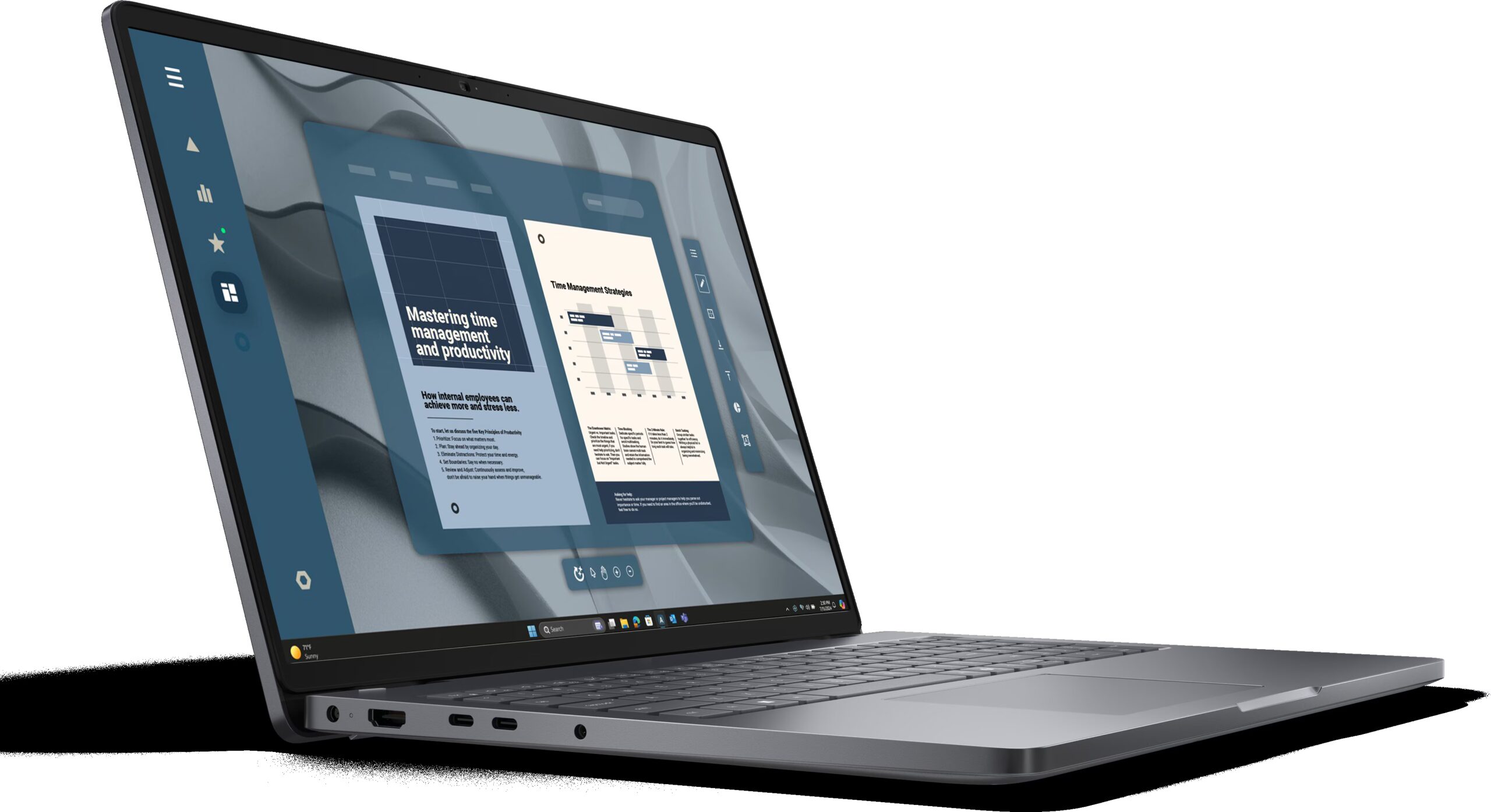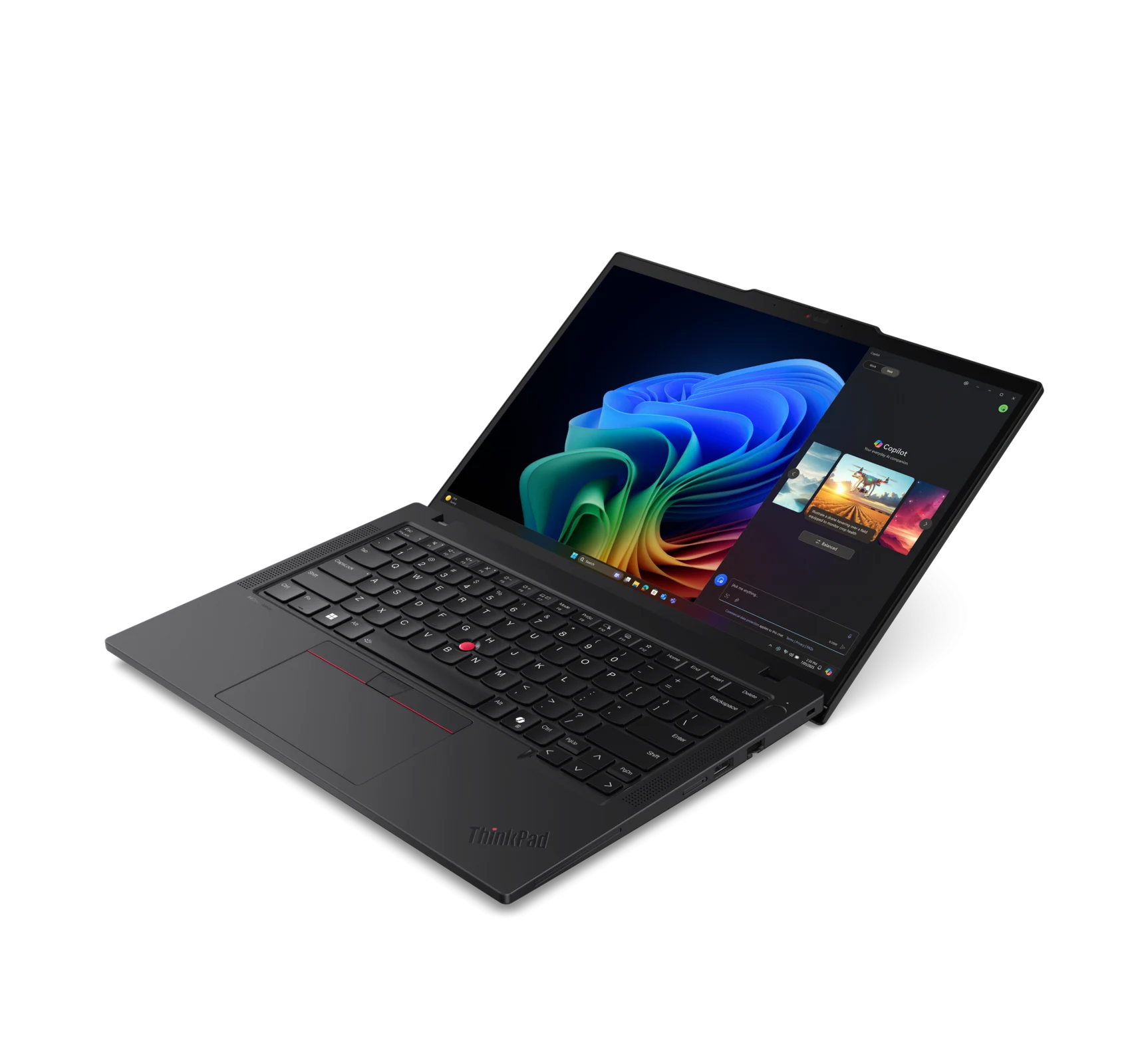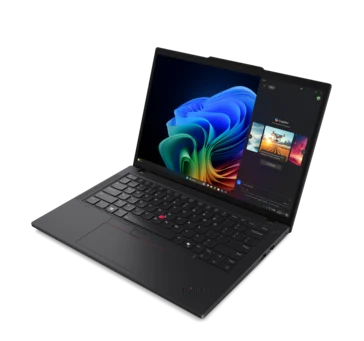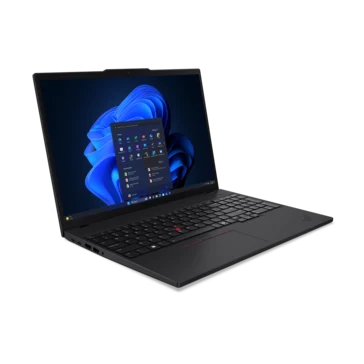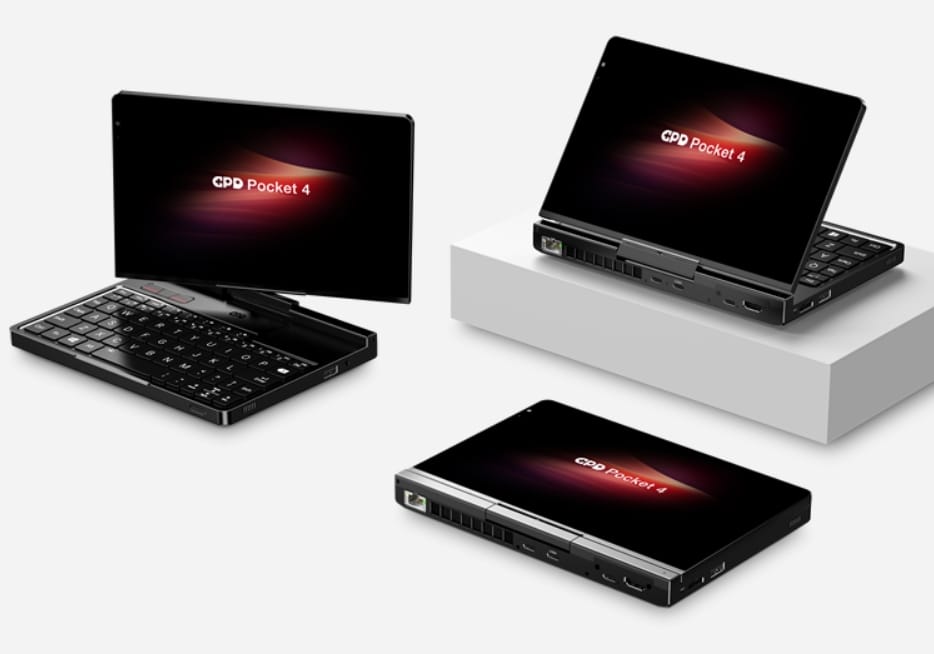Key Takeaways
1. Dell has expanded its Pro series laptops to include customizable options with AMD processors, offering Ryzen 200 and 300 series CPUs.
2. The Ryzen 200 series features older Zen 4 architecture, resulting in lower prices compared to Intel models, but with less powerful integrated performance.
3. The Ryzen 300 HX series, built on Zen 5 architecture, delivers significantly better performance than both Ryzen 200 series and Intel’s V-series and U-series CPUs.
4. For battery life and efficiency, the energy-efficient Intel V-series may be a better choice compared to AMD options.
5. Color customization is limited; only the AMD Pro 14 and Pro 16 models offer black or silver options, while other AMD configurations are restricted to silver.
Dell has just expanded its Pro 13 Plus, Pro 14 Plus, Pro 14, Pro 16, and Pro 16 Plus series with a significant increase in customizable options, as they now support AMD processors. Customers can choose from the latest Ryzen 200 and 300 series CPUs, starting from the Ryzen 3 210 all the way up to the Ryzen AI 9 HX Pro 370 for the Plus models, or the Ryzen AI 7 350 for the non-Plus versions.
Performance Insights
The Ryzen 200 series, unlike its 300 series counterpart, utilizes AMD’s older Zen 4 architecture, which comes with less powerful integrated NPUs and only up to the Radeon 780M integrated GPU. As a result, these models are priced a few hundred dollars lower compared to their Intel equivalents, depending on the specific model chosen.
Choosing the Right Processor
On the other hand, the Ryzen 300 HX series, which is built on the Zen 5 architecture, promises a considerable increase in performance compared to the Ryzen 200 series and even better than the Intel Lunar Lake V-series and Meteor Lake U-series. Dell’s offerings are limited to configurations with Intel V-series and U-series CPUs, making the new AMD HX options more appealing for those seeking high performance. However, if battery life and efficiency are key concerns, opting for the more energy-efficient Intel V-series processor may be the better choice.
Color Customization
When it comes to color choices, only the AMD Pro 14 and Pro 16 models can be selected in either black or silver, whereas all other AMD configurations are restricted to silver only. Below are links to the product pages for each AMD model.
Dell Pro 13 Plus product page
Dell Pro 14 Plus product page
Dell Pro 16 Plus product page
Dell Pro 14 product page
Dell Pro 16 product page
Source:
Link

